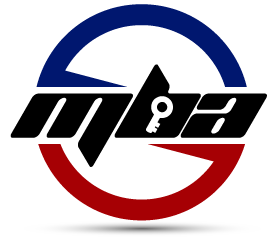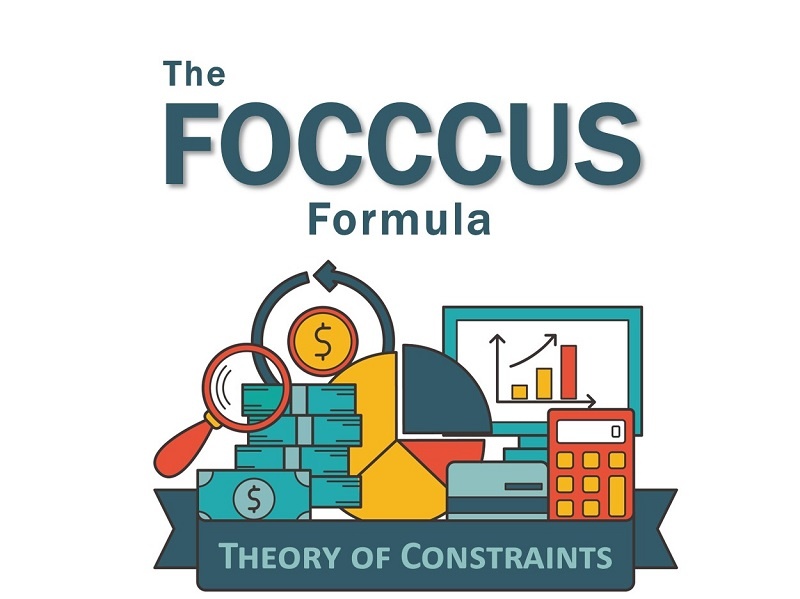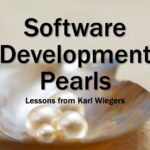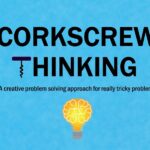In this episode, we revisit Theory of Constraints, an approach to improving organizational performance by accelerating delivery. Author Clarke Ching shares his FOCCCUS Formula to address the system’s bottleneck.
Show Notes
In every process or value delivery system, there’s one constraint (bottleneck) that limits the flow of value of the entire system. If you want to deliver faster, you must identify and address the bottleneck. To improve the flow of value, we can apply the Theory of Constraints, a process improvement methodology that focuses on addressing the bottleneck.
Eli Goldratt’s famous book, The Goal, introduced readers to the Theory of Constraints and how to apply Goldratt’s Five Focusing Steps to address your constraint. However, many people are unaware of or confused by the Five Focusing Steps.
In you’re confused about how to address the bottleneck in your process, you can use Clarke Ching’s FOCCCUS Formula instead. FOCCCUS is an acronym that stands for the steps you can take to address the constraint and improve the system.
FOCCCUS
The first step in the FOCCCUS Formula is “F” for find the bottleneck. You can’t improve the bottleneck if you don’t know where it is. To find the bottleneck, look for work piling up of long queues in front of a step in the process. Work typically builds up in front of the constraint.
Once you find the bottleneck, the next step is “O” for optimize. You want to optimize the bottleneck so that it can get work done faster. You can do this by making sure the work that goes to the bottleneck resource is ready (has everything they need) and the bottleneck is focused only on value added work.
After you optimize, the next step is collaborate. Collaboration helps the bottleneck deliver faster because non-bottleneck resources may be able to off-load work that the bottleneck is doing.
In addition to collaboration, you can apply the second “C”, which is coordinate. This step involves finding ways to coordinate activities of both bottleneck and non-bottleneck resources to optimize delivery. This can include rearranging process steps or changing the timing of certain pieces of work to smooth the flow.
The third “C” in the FOCCCUS Formula is curate. When you curate, you decide what to put in a limited amount of space. Essentially, you prioritize work to maximize the value that can be delivered.
The “U” in the FOCCCUS Formula stands for upgrade. This can mean buying faster equipment, holding training to improve skills associated with the constrained task, or hiring more people. Upgrading can be expensive and you should only upgrade after completing the other steps.
The final step is “S”, which stands for start again. The FOCCCUS Formula is a continuous process. After you complete each step, you should validate that the bottleneck hasn’t moved. If it has, continuing to the next step with the same bottleneck won’t improve the flow of value through the system.
Check each time to ensure that you know where the bottleneck is and start with the simplest, cheapest intervention.
Listen to the full episode to understand how to use the FOCCCUS Formula to improve your process and accelerate value delivery.

Clarke Ching
Clarke has been powered by the Theory of Constraints for over 20 years and Agile since 2003. He wrote Rolling Rocks Downhill (the Agile business novel that never mentions Agile) and The Bottleneck Rules (which was featured in The Guardian newspaper, and was briefly the #2 best-selling leadership book on Amazon.com, just behind Steven Covey).
Latest Episodes
- MBA228: Software Development PearlsKarl Wiegers shares his lessons on requirements, project management, design, quality and more. Karl’s advice can make you significantly better at what you do. Show Notes Karl Wiegers started programming in 1970 and has collected 60 lessons he has learned in several areas of software development including requirements, design, project management, culture, teamwork, quality, and… Read more: MBA228: Software Development Pearls
- MBA227: The Minimum Viable BusinessIan Reynolds discusses how to discover the right solutions for your customers and then deliver them quickly.
- MBALC: Elon Musk’s 5-Step Design ProcessIn this lightning cast, we explore the 5-step design process Elon Musk uses for SpaceX to innovate and get better results.
- MBA226: The FOCCCUS FormulaThe Theory of Constraints is an approach to improving organizational performance by accelerating delivery. Author Clarke Ching shares his FOCCCUS Formula to address the system’s bottleneck.
- MBA225: The Value of Business ModelsDavid Mantica helps us understand business models and helps us understand how to find new opportunities to create greater value.
- MBA224: Corkscrew ThinkingClarke Ching shares an innovative problem solving approach to help us solve tricky problems.
Thank you for listening to the program
To get more valuable content to enhance your skills and advance your career, you can subscribe on iTunes and other podcatchers.
Also, reviews on iTunes are highly appreciated! I read each review and it helps keep me motivated to continue to bring you valuable content each week.









